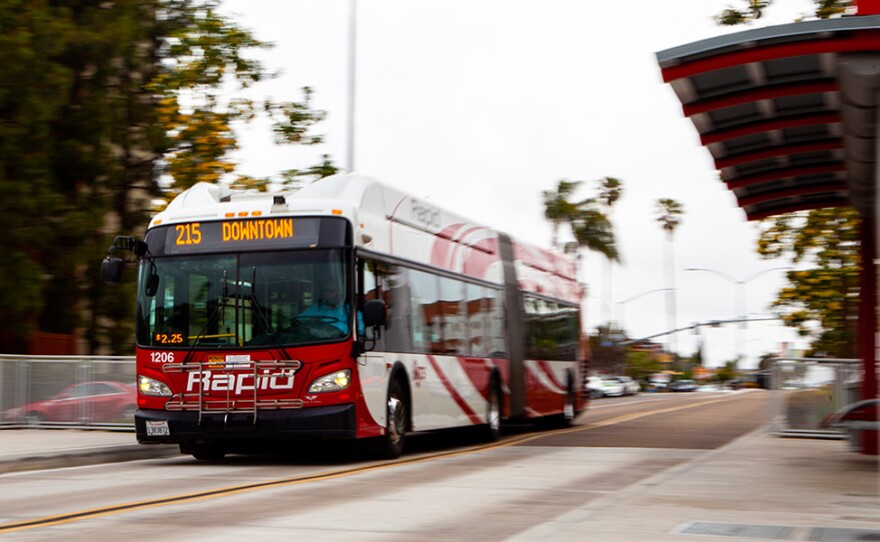Federal and local taxes paid $44 million for a bus rapid transit route from San Diego State University to downtown that is slower on average than the route it replaced, according to an inewsource analysis.
Now, the city of San Diego plans to spend more money — about $97,000 — to create dedicated bus lanes on El Cajon Boulevard to see if that finally delivers the rapid route promised more than a decade ago to taxpayers and bus riders.
It’s easy to see how the Metropolitan Transit System failed to achieve “rapid” status on the Mid-City Rapid 215 route. Four key features needed to speed up travel times never happened.
— Five round-trip miles of dedicated bus lanes along Park and El Cajon boulevards turned into one round-trip mile on Park.
— A device to synchronize traffic lights and keep buses moving is only used when the driver is behind schedule.
— Ticket-dispensing machines to avoid riders fumbling for cash when boarding weren’t installed.
— Riders were supposed to be able to use all three doors for boarding, but only the front door is used so they can pay there.
Even though the 215 is slower than planned, it did achieve two goals since it launched in October 2014: growing ridership and increasing the frequency of trips.
As of fiscal 2018, annual ridership on the 215 was up nearly 30% compared to the last full year of the route it replaced. MTS attributes the gains to the 215 having longer operating hours and more trips per hour than the former route. It also has greater visibility and new stops at Balboa Park and the Santa Fe Depot.
But some riders remain disappointed with the results.
Matthew Vasilakis takes the 215 bus every day from his South Park home to his job at the nonprofit Climate Action Campaign in University Heights. The 30-year-old doesn’t own a car and rides public transit to reduce greenhouse gas emissions.
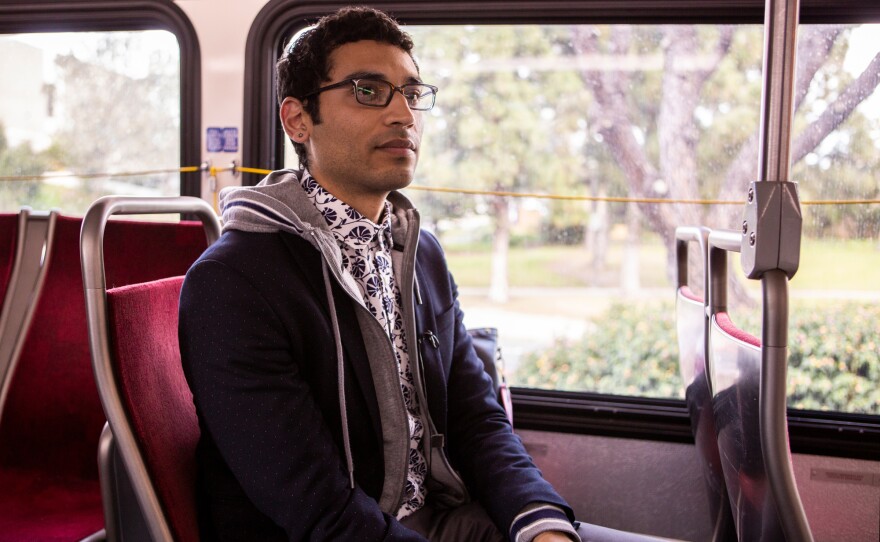
He used to ride the Route 15 bus that the 215 replaced. MTS says the 215 is on-time more often than the older route. But Vasilakis said the updated bus rapid transit route provided only “an aesthetic improvement” and wasn’t any faster than the 15.
“It's not much different outside of some really nice new stations and some electronic signs,” he said.
MTS CEO Paul Jablonski told inewsource that calling the 215 a bus rapid transit route when it launched about 4½ years ago probably wasn’t a wise move.
“If it doesn't have dedicated lanes, we should be careful about calling it BRT,” Jablonski said.
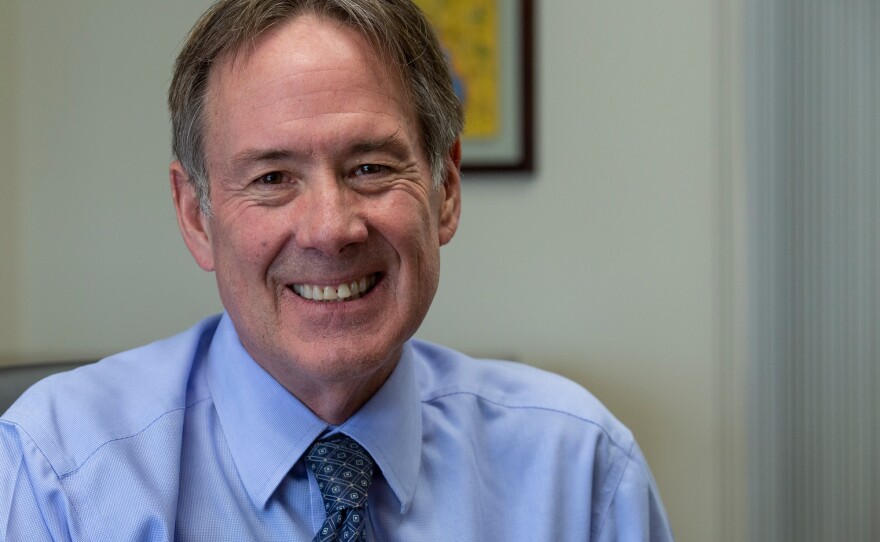
He said the ticket-dispensing machines weren’t installed at the 215 stations because MTS is moving to app-based ticketing. MTS engineers also are continuing to look at ways to improve the ways light synchronization on the route works, Jablonski said.
But without dedicated lanes, which transportation planners wanted and business owners on the route opposed, the bus line was never going to be rapid.
Haney Hong, president and CEO of the San Diego County Taxpayers Association, said what’s discouraging about projects like this is transportation professionals develop plans that get ignored.
“What I think is a shame is that we spend a lot of time and, frankly, a lot of taxpayer dollars into planning projects, and then what happens is they get changed in all sorts of different ways,” Hong said. “The original plan was for there to be dedicated bus lanes so that this could be a rapid, rapid route. And if the plan had come to fruition as it was designed, it would do the very thing that it was supposed to do.”
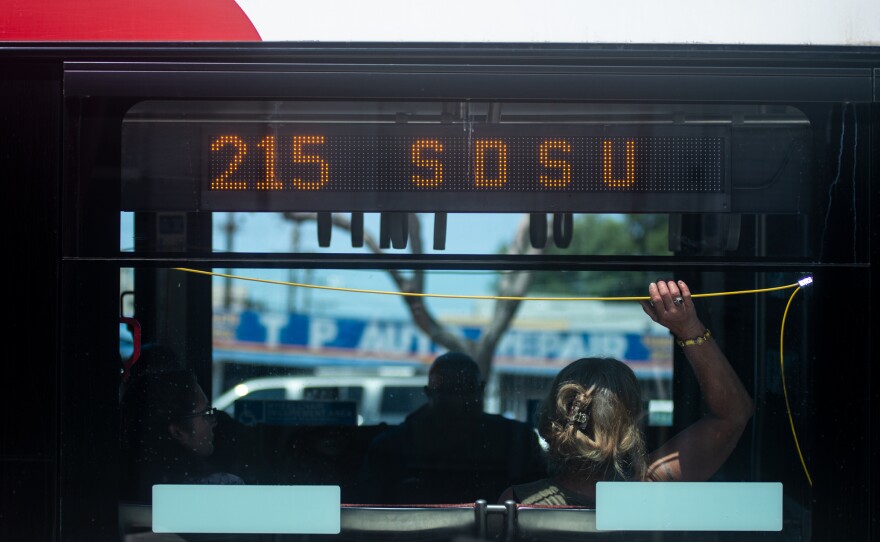
215 designed to be ‘showcase’ in rapid transit
Plans for the Mid-City Rapid 215 route began in 2002, with the San Diego Association of Governments in charge of designing the bus line that MTS would operate.
SANDAG paid about half of the $44 million price tag, using the half-cent TransNet sales tax collected throughout the county. A Federal Transit Administration grant paid for the rest. Both agencies said the primary reason for the 215, which travels through North Park, University Heights, City Heights and the College Area, was to create a route with faster times.
MTS and SANDAG considered it a “showcase” project that would demonstrate to the public “how increased efficiency, speed, and service can attract new transit ridership, improve customer satisfaction, and benefit the broader community by providing trolley-like service through the use of bus technology.”
Planning documents say the 215 would be designed to significantly reduce wait times for passengers during peak commuting times and cut total travel time compared to the route it was replacing.
Now, MTS and SANDAG officials agree the main reason the 215 didn’t live up to its bus rapid transit showcase status is because almost all of the proposed dedicated bus lanes got nixed after public backlash from members of the El Cajon Boulevard Business Improvement Association and others along the route.
Business owners worried valuable parking spaces used by their patrons and workers would be lost or made difficult to maneuver in and out of.
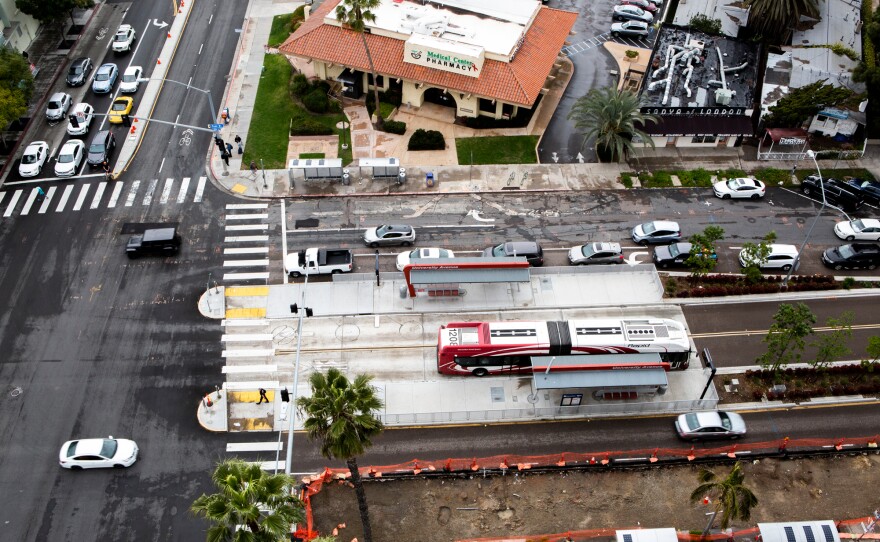
Ultimately, only a half-mile bus-only lane in either direction on Park Boulevard was created. It runs down the middle of the street from El Cajon to University Avenue. The lane only happened after curbside parking was reconfigured so spaces were actually gained on Park Boulevard, easing business owners’ concerns.
El Cajon was trickier. The city had invested $1.2 million installing left-turn lanes and landscaped medians, as part of a beautification project, along the street. Tearing up the medians to put in dedicated bus lanes in either direction didn’t make sense. Moving the bus lanes to the curb would mean lost parking.
So no dedicated bus lanes got built on El Cajon Boulevard, and the route ended up five minutes slower on average than the one it replaced.
The curb, however, was extended at the new bus stations so buses wouldn’t have to pull in and out of traffic to stop for passengers.
How was the $44 million spent?
Here are the largest costs that went into the Mid-City Rapid 215 bus project:
$16.4 million: 18 tandem buses that can carry more riders and make access for boarding easier.
$20.4 million: Construction of 20 bus stations and one-mile of dedicated lanes on Park Boulevard.
$3.9 million: Engineering and design of the bus rapid transit route.
But now, under the $97,000 pilot project backed by City Council President Georgette Gómez and Councilman Chris Ward, whose districts include the 215 route, curbside parking will remain on El Cajon Boulevard.
The dedicated bus lane will run next to the parked vehicles for 2.7 miles in each direction from Fairmount Avenue to Park Boulevard, eliminating a traffic lane for other vehicles on that stretch of El Cajon. An eight-inch white stripe will be painted to separate the bus-only lane from regular traffic.
Ward said city workers should have the lane ready sometime this summer.
No goals are being set for how much faster this might make the Mid-City Rapid 215 route or if any other specific improvements are expected, he said.
“We want to make sure that we're not actually trying to predict what the outcome will be,” Ward said. “We believe that we'll have a positive outcome based on similar models in other cities."
Business owners now on board with route remake
Getting to this point has been a journey. Gómez credits “a fruitful discussion from the business community,” which now supports the bus-only lanes because parking spots aren’t expected to be eliminated.
The hope is that “if we have a better circulation of buses — if they're more efficient — riders can ditch their car,” said Gómez, who also chairs the MTS board. She thinks the pilot 215 project will show residents buses can be “a real option” for commuting.
Jablonski, the head of the MTS, said not having the bus lanes made it impossible to achieve the rapid transit standard for the 215 route, but waiting for community support from El Cajon business owners was necessary.
“I think we had to listen to them. But you know what? I think it's very encouraging that everybody is coming around now saying, ‘I think we need to give this a try,’” he said.
Methodology for calculating travel times
To compare travel times for Metropolitan Transit System bus routes from SDSU to downtown, inewsource analyzed schedules for Route 15 and the Mid-City Rapid Route 215, which replaced it.
inewsource compared the January schedules from the 15’s last full year in operation to the 215’s latest year. Because the new route runs more frequently and includes additional stops on weekends, inewsourceused the 15 schedule as a baseline for the analysis.
The analysis used the total number of trips for each posted schedule and the total travel time for each trip to calculate an average time for each route. The conclusion: On average, the 215 is about 5 minutes slower than the 15.
— Brandon Quester, inewsource data director
The El Cajon business group that fought against the bus lanes now backs them because street parking will be preserved. It also believes vehicle traffic will become slower, making it safer for pedestrians and cyclists while encouraging customers to visit shops on the boulevard.
“We know that transit along El Cajon Boulevard — the safety of our streetscapes — is all imperative for good business and for a good living,” said Beryl Forman, the group’s marketing and mobility coordinator.
The effort to speed up the 215 bus rapid transit route is happening as San Diego’s top regional transportation leaders debate what the future of transit will look like in the county.
Hasan Ikhrata, who took over as the head of SANDAG in December, wants to toss out the old regional plan for one he thinks will better address issues of climate change and traffic congestion. He has said high-speed rail along freeways, not trolleys and highway expansions, is the transportation solution the region needs.
Billions of dollars would be needed to carry out his plan, which also includes eliminating highway expansion projects that would help commuters in the county’s northern and eastern areas. County supervisors who represent those regions have been swift to oppose Ikhrata’s proposal.
MTS also is continuing to explore building more trolley lines — despite Ikhrata’s dislike of them — as part of a possible ballot measure next year that would include a half-cent sales tax on top of TransNet.
The tax could raise up to $200 million a year and would be collected in the 10 cities MTS serves: San Diego, Chula Vista, El Cajon, National City, La Mesa, Santee, Poway, Imperial Beach, Lemon Grove and Coronado.
One of the projects the new tax could pay for would be a trolley line down El Cajon Boulevard that would replace the $44 million Mid-City Rapid bus route. SANDAG has estimated the cost of that trolley at $4 billion. It’s been talked about since the 1980s, and at least one bus rider wants it built.
Maria Cortez, 62, of City Heights exclusively uses buses and trolleys for transportation, including to get to her two jobs. She is a regular 215 rider and said it “actually is very good,” though the bus “takes a bit longer to get downtown.”
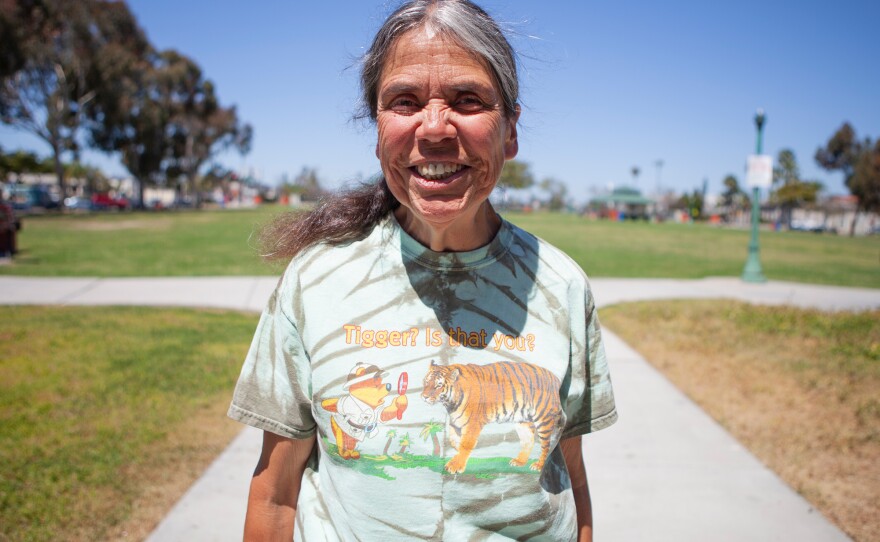
Even so, Cortez still holds out hope that the region’s transportation leaders will stick to the idea of putting in a trolley. She thinks that’s what would help her neighborhood attract affordable housing projects and improve the air quality. It also would connect City Heights to other parts of the city, she said.
Her worry: She won’t live to see a Mid-City trolley.
“My granddaughter will carry my ashes if she needs to. One way or another, I am riding that trolley line,” Cortez said.
Whether more money will be spent converting the Mid-City Rapid 215 bus route into a trolley line is years away from being decided. For it to get built, many political battles likely will be fought, and SANDAG, MTS and the region’s elected leaders will have to persuade voters to spend billions on mass transit.


